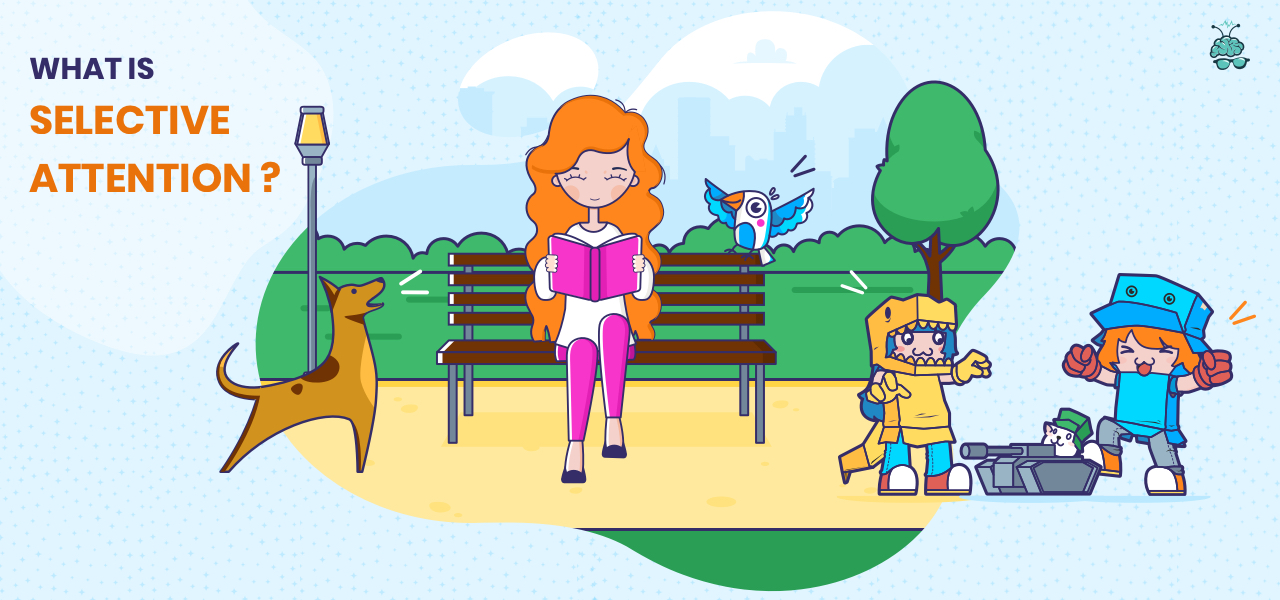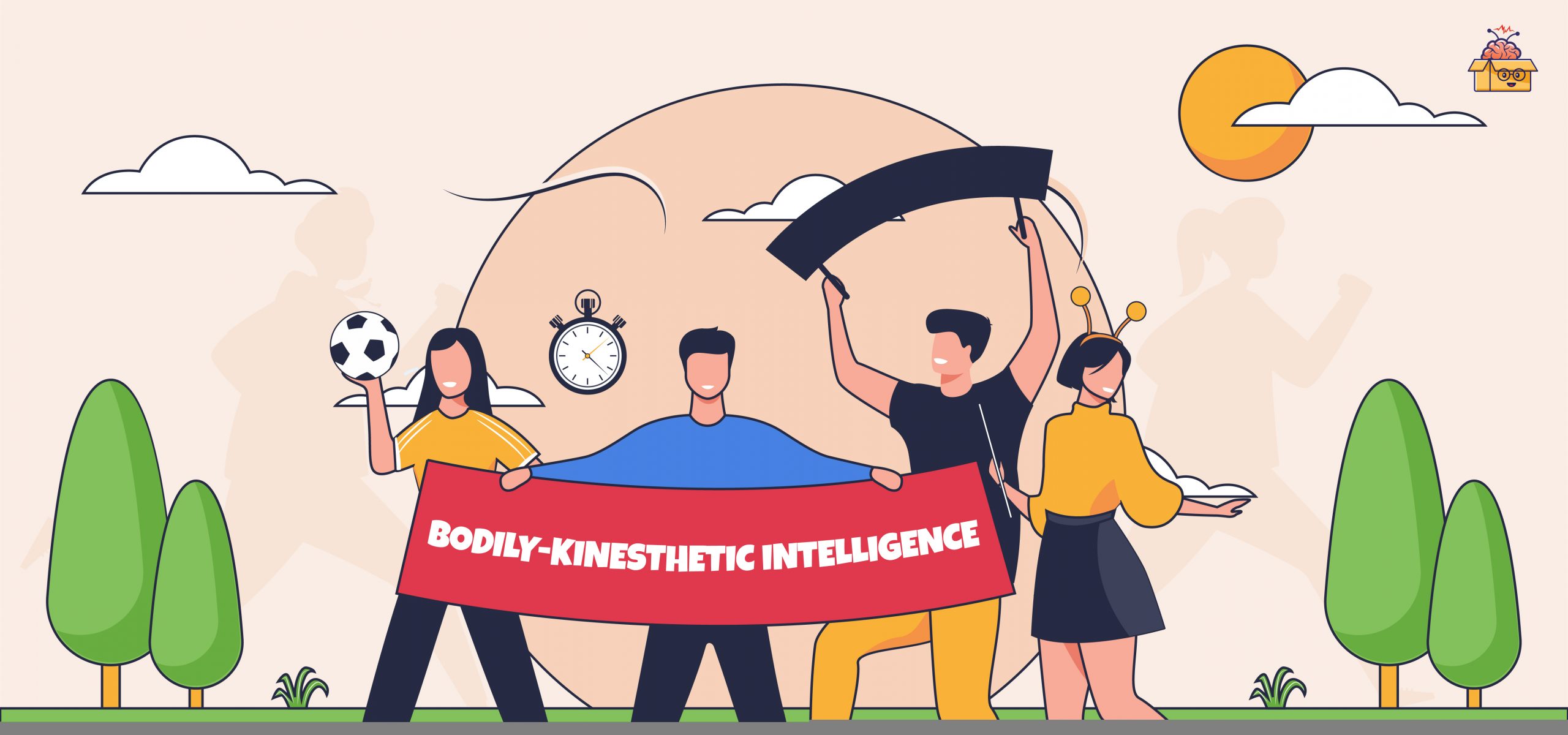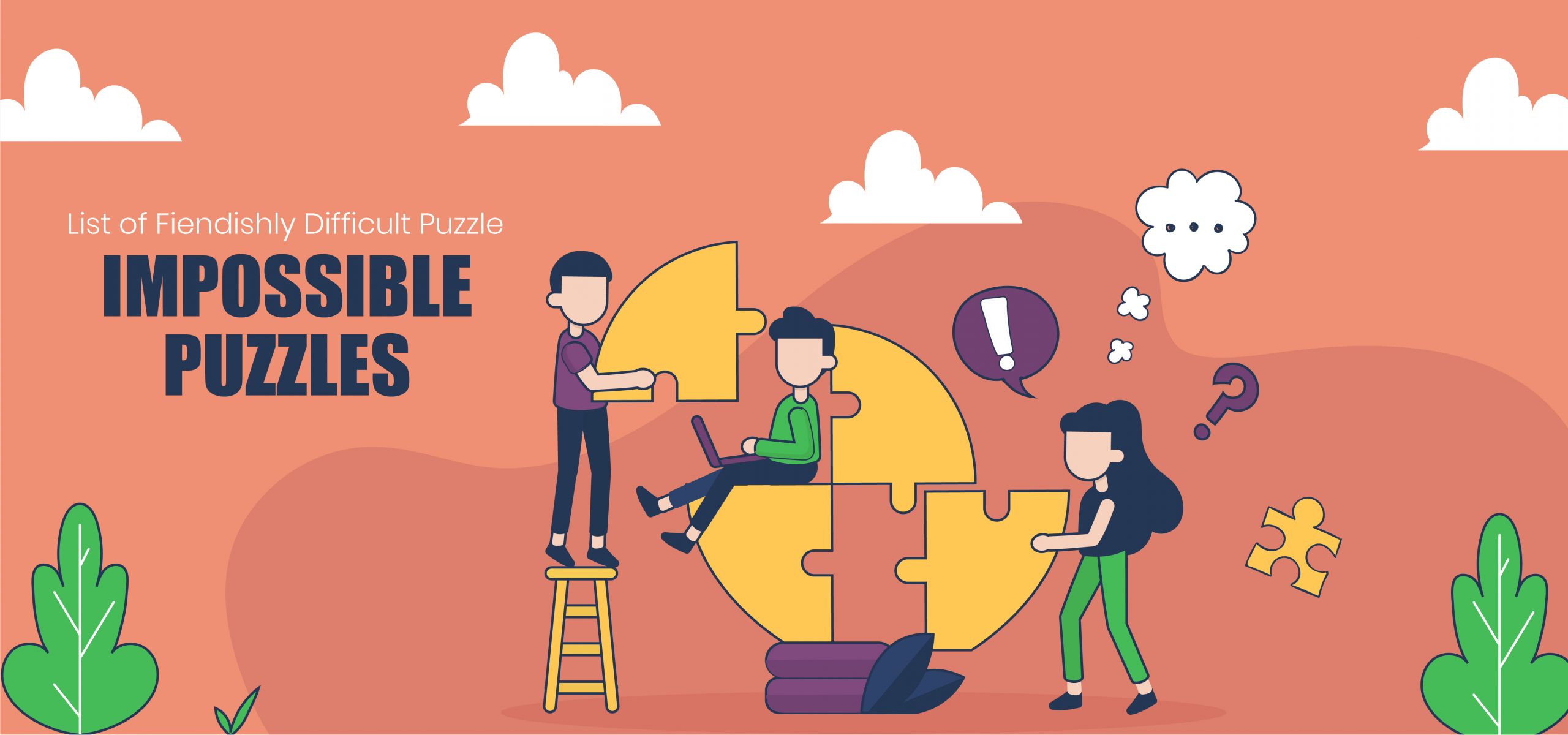-
What Is Selective Attention — How It Works, Theories and Some Fun Tests

Our attention is quite limited. And in an environment where we are constantly peppered with numerous information and sensory stimuli, it’s impossible to attend to everything.
That’s when selective attention comes in.
It’s our brain’s ability to attend one information, filter out other irrelevant ones, and again shift the attention to a new stimulus. Without this, we won’t be able to focus on the tasks at the hand amid the numerous stimuli in the environment. It is an important cognitive phenomenon that makes our life easier. Let’s understand this in detail.
What Is Selective Attention?
Selective attention is the ability to focus on a certain thing in the environment while simultaneously ignoring the distractions and irrelevant information for a period of time.
We do this every day. While scrolling the news feed on the smartphone in a crowded subway. While chatting with a friend in a bustling cafe or while at work — ignoring the not so important chats of the colleagues and noises in the background.
Even you are doing it right now while you read this article focusing on each word as you read.
Selective attention tunes out the distraction and helps us focus on what’s important. And this phenomenon is quite important in our everyday life.
Our attention is limited and so is our brain capacity to process the information at a given period of time. By filtering out the unnecessary details we are able to perform the task on the hand efficiently. Think of your brain as a computer.
A computer would get sluggish or even get stuck while handling numerous applications and windows all open and running at the same time. So will your brain. Thus you need to close the unnecessary apps that are not in use. Selective attention does that. It closes (or at least minimizes) the unnecessary stimuli around you so you can work on one task with the best efficiency.
Popular Theories to Understand Selective Attention
There are a number of theories and models presented by psychologists to help us understand this phenomenon. Among them two being the most promising and widely accepted — Broadbent’s Filter Model and Treisman’s Attenuation Theory.
Both these theories focus on our limited capacity to pay attention and thus are considered “bottleneck” models.

The narrow bottleneck represents the limitation of our capacity to attend and process different stimuli happening in the environment at a time. For example, our eyes have the ability to receive 10,000,000 bits of information per second but the brain can only possess 40 bits per second.

Let’s understand these two selective attention theories.
Broadbent’s Filter Model
Donald Broadbent was the first to present a theory about selective attention and used ‘filter’ as an analogy to explain the phenomenon.
He explains that we have a limited capacity for processing the information. And thus this filter is designed to prevent overloading by selecting the relevant information to process early on.
Here’s how it works:
The information or sensor input from the environment at a given point (words, music, noise, colors, shapes, etc.) enters our sensory register – a buffer that stores the information.
This information is then transferred to the selective filter that attends the information based on physical characteristics such as color, direction, loudness, pitch, etc.
Now the filter allows a certain input to pass through for the perceptual process and the rest of the inputs are rejected.
The inputs that do not pass through the filter remain in the sensory buffer for a short period and will decay if not attended to or processed by the filter.

He also suggests that the filter does not understand the meaning of the selected input, instead, the message is understood after it passes through the filter — during the perceptual process. Thus, the meaning of the message that’s not selected is not understood.
But there was a problem with this approach.
The issue was if the information is filtered out before processing its meaning, we would not be able to recognize our own name called across the room while paying attention to a conversation. But we do attend our name with our unattended ears.
This led to new theories to answer this question. Treisman’s Attenuation theory is one of them.
Treisman’s Attenuation Theory
The basic approach of Treisman’s theory is quite similar but it addresses the fact that the unattended messages are not eliminated — they weaken.
She suggests that instead of a filter, attention uses some kind of attenuator. Attenuation means to weaken or diminish. So rather than eliminating, our brain diminishes the unattended message. Her theory also explains that the input is not only identified only based on physical property but also its meaning.

This attenuator works as a volume knob. It doesn’t eliminate the other inputs but turns their volume down. For example, if you are on a street hearing a dog bark, loud music from a car passing by, and at the same time talking with a friend, you can attenuate the other sounds to focus on the conversation. But you can still process the meaning of these unattended sounds and switch your attention to them when you want to.
This was even demonstrated in her experiments where the participants were able to clearly identify the unattended messages. Thus this shows we are able to process the meaning of messages — even the unattended one.
These two theories have been pivotal to understand selective attention.
It’s fascinating how this phenomenon works and indeed holds importance in cognitive functioning. If we couldn’t filter out unnecessary stimuli in the environment, it would be nearly impossible to carry our day to day activities. At the same time, refocusing on the same unattended stimuli helps us understand what’s happening in our environment.
Some Fun Selective Attention Tests
So now you know what selective attention is and how it works. You may have also realized how your brain works when you pay attention to sensory stimuli in the environment. But here’re some fun tests that you can do right now to better understand it. Check these out.
1. Can You Guess the Right Cup?
So you guessed the correct cup. But your brain might have missed the changes happening at the same time — the duck, the fifth hand, and the color of the cups. Fascinating, isn’t it?
Here’s another one.
2. Test Your Awareness: Whodunnit.
Can you find who is the murderer?
So, were you able to spot the changes while finding out the murderer?
3. How Many Times the Players Wearing White Passed the Ball?
This is the famous awareness test known as The Invisible Gorilla by Daniel Simons and Christopher Chabris. This experiment was performed at Harvard University and it was found that half of the people who counted the passes missed the gorilla — as if it was invisible.
Since you are here, if you enjoy challenging your brain, don’t forget to check out our PUZZLES section. We have some crazy archives of puzzles and brain games that’ll keep you engaged all day long.
 20190
20190







